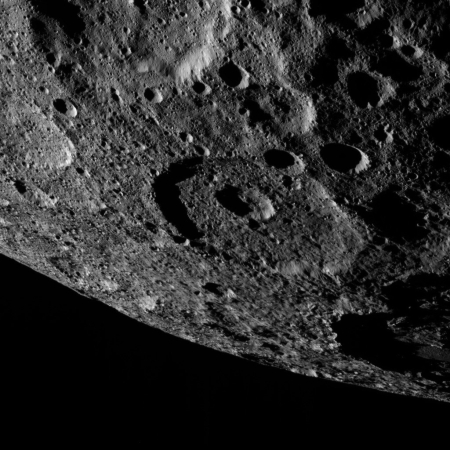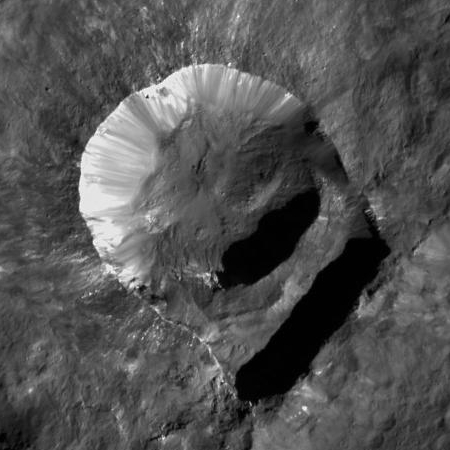An update on the Bigelow inflatable module on ISS
NASA has released an update on the privately built inflatable BEAM module that is presently attached to ISS and is under-going two years of testing.
NASA and Bigelow Aerospace are pleased to report that, overall, BEAM is operating as expected and continues to produce valuable data. Structural engineers at NASA JSC confirmed that BEAM deployment loads upon the space station were very small, and continue to analyze the module’s structural data for comparison with ground tests and models. Researchers at NASA’s Langley Research Center in Hampton, Virginia, have found no evidence of large debris impacts in the DIDS data to date—good news for any spacecraft. And radiation researchers at JSC have found that the dosage due to Galactic Cosmic Rays in BEAM is similar to other space station modules, and continue to analyze local “trapped” radiation particles, particularly from the South Atlantic Anomaly, to help determine additional shielding requirements for long-duration exploration missions.
None of this is a surprise. It seems to me that this testing program is a bit overdone, since NASA never did anything like this in orbit for its own modules. What I think is really happening is that the two-year test of Bigelow’s module was required politically within NASA because there were too many people there opposed to using a privately-built module. I also suspect that NASA got further pressure from the contractors, such as Boeing, who had previously owned this business, and did not want the competition from Bigelow. Thus, despite the fact that Bigelow has already launched two test modules of its own and proved the viability of its designs, it was forced by NASA to do an additional test under NASA’s supervision in order to squelch this opposition.
NASA has released an update on the privately built inflatable BEAM module that is presently attached to ISS and is under-going two years of testing.
NASA and Bigelow Aerospace are pleased to report that, overall, BEAM is operating as expected and continues to produce valuable data. Structural engineers at NASA JSC confirmed that BEAM deployment loads upon the space station were very small, and continue to analyze the module’s structural data for comparison with ground tests and models. Researchers at NASA’s Langley Research Center in Hampton, Virginia, have found no evidence of large debris impacts in the DIDS data to date—good news for any spacecraft. And radiation researchers at JSC have found that the dosage due to Galactic Cosmic Rays in BEAM is similar to other space station modules, and continue to analyze local “trapped” radiation particles, particularly from the South Atlantic Anomaly, to help determine additional shielding requirements for long-duration exploration missions.
None of this is a surprise. It seems to me that this testing program is a bit overdone, since NASA never did anything like this in orbit for its own modules. What I think is really happening is that the two-year test of Bigelow’s module was required politically within NASA because there were too many people there opposed to using a privately-built module. I also suspect that NASA got further pressure from the contractors, such as Boeing, who had previously owned this business, and did not want the competition from Bigelow. Thus, despite the fact that Bigelow has already launched two test modules of its own and proved the viability of its designs, it was forced by NASA to do an additional test under NASA’s supervision in order to squelch this opposition.



